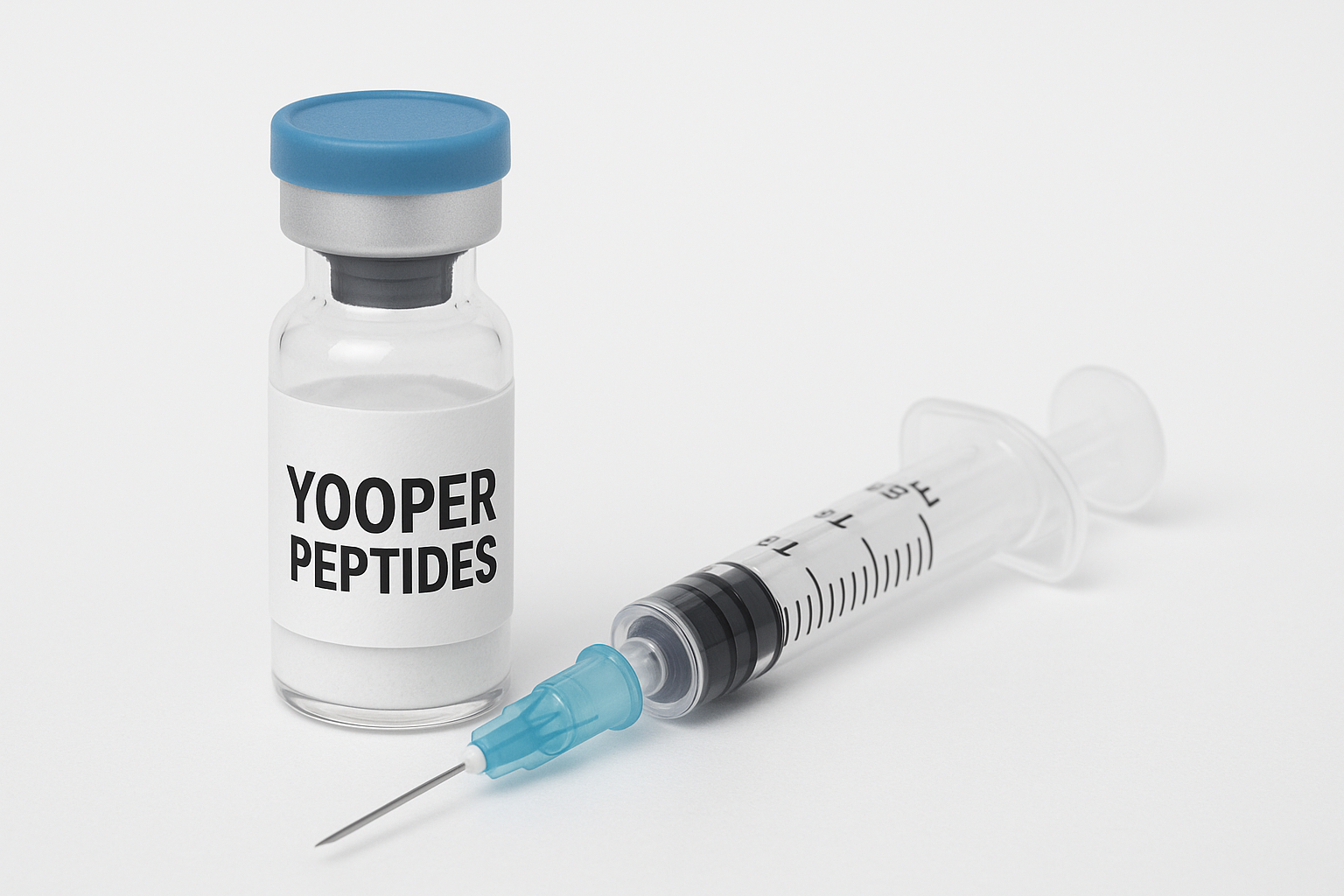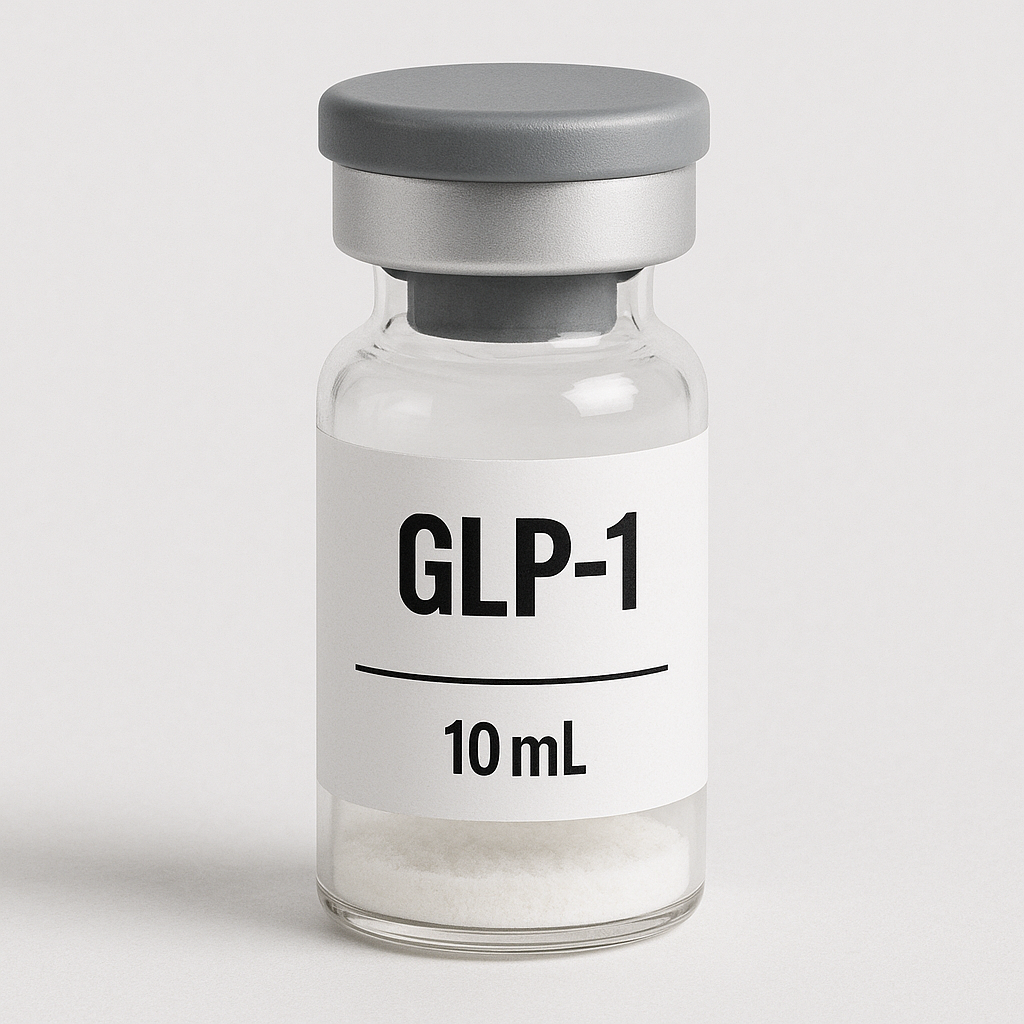


GLP-1 Peptides
GLP-1 peptides, or glucagon-like peptide-1 receptor agonists, are a class of medications that mimic the action of the GLP-1 hormone, which is naturally produced in the gut after eating. They’re primarily used to manage type 2 diabetes and, in some cases, for weight loss, as they help regulate blood sugar and appetite.
What They Are:GLP-1 is an incretin hormone that stimulates insulin release from the pancreas in a glucose-dependent manner, meaning it only works when blood sugar levels are high. It also suppresses glucagon (a hormone that raises blood sugar) and slows gastric emptying, which helps reduce post-meal blood sugar spikes. Synthetic GLP-1 peptides, like tirzepatide (which you mentioned earlier), semaglutide, or liraglutide, are designed to last longer in the body than natural GLP-1, which breaks down quickly.
How They Work:
- Insulin Secretion: They bind to GLP-1 receptors on pancreatic beta cells, boosting insulin release when blood sugar is elevated. This helps lower blood glucose without causing hypoglycemia (since it’s glucose-dependent).
- Glucagon Suppression: They reduce glucagon secretion from the pancreas, which prevents the liver from releasing excess glucose into the bloodstream.
- Slowed Digestion: By delaying gastric emptying, they reduce the speed at which glucose enters the bloodstream after meals.
- Appetite Control: They act on the brain’s hypothalamus to increase satiety, reducing hunger and food intake, which is why they’re effective for weight loss.
- Cardiovascular Benefits: Some GLP-1 peptides have been shown to lower the risk of major cardiovascular events in people with type 2 diabetes, likely due to effects on weight, blood pressure, and inflammation.
Example (Tirzepatide, aka Mounjuro and Zepbound):Tirzepatide, which you referenced, is a dual agonist—it activates both GLP-1 and GIP (glucose-dependent insulinotropic polypeptide) receptors. This dual action enhances its effects on blood sugar control and weight loss compared to GLP-1-only drugs like semaglutide. Clinical studies, such as the SURPASS trials, have shown tirzepatide can reduce HbA1c (a measure of blood sugar control) by up to 2.5% and lead to weight loss of 15-20% in some patients over 40-52 weeks.
Side Effects:Common ones include nausea, vomiting, and diarrhea (due to slowed gastric emptying). There’s also a risk of pancreatitis, and some studies suggest a potential link to thyroid tumors in animal models, though this hasn’t been confirmed in humans.
In short, GLP-1 peptides work by enhancing insulin response, curbing glucagon, slowing digestion, and reducing appetite, making them effective for managing type 2 diabetes and obesity. If you’re curious about specific GLP-1 peptides or their applications, let me know!
Don't Miss Our Hot Deals!
Be the first to know about new collections and exclusive offers.
